Happy Monday. Today’s newsletter comes to you after your Morning Dispatchers did their best to practice social distancing this weekend. Declan scared himself silly watching Contagion (which he cannot recommend you do) and left his apartment exactly once for 30 minutes of fresh air. Andrew hunkered down and learned to play Arkham Horror. Steve played some family street hockey. If even Ted Cruz and Alexandria Ocasio-Cortez can agree on the importance of something, it might just be the right thing to do.
Quick Hits: Today’s Top Stories
-
The Federal Reserve cut interest rates yet again—this time to essentially zero—and pledged to buy $700 billion in Treasury securities. After rocketing up late on Friday, stocks are set to plunge again—futures hit the “limit down” Sunday night.
-
Clinical trials for a COVID-19 vaccine are set to begin today. The vaccine—co-developed by the National Institutes of Health and Moderna Inc.—would still be 12 to 18 months from full validation, if effective.
-
President Trump tested negative for COVID-19, his personal physician said.
-
The Food and Drug Administration approved a new COVID-19 test from Roche that is expected to dramatically increase the United States’ testing capacity.
-
Speaker Nancy Pelosi and Treasury Secretary Steve Mnuchin reached a bipartisan deal on an economic stimulus package, which passed the House late on Friday night by a vote of 363-40, despite most members not having time to read its contents. The bill—which expands access to free coronavirus testing, delivers paid sick leave to employees of small companies, and otherwise bolsters the social safety net—is expected to head to the Senate this week.
-
Louisiana and Georgia postponed their upcoming primary elections due to the pandemic. Florida, Illinois, Arizona, and Ohio—all slated to vote Tuesday—said their elections would continue as planned.
-
France, Spain, and Israel announced stricter measures aimed at slowing the spread of COVID-19: Limiting movement, locking down cities, and closing non-essential establishments.
American Coronavirus Cases Are About to ‘Spike.’ Let’s Try to Contain the Spread.

As of this writing, there are now 3,774 confirmed cases of COVID-19 in the United States, with 69 deaths. Public health guidance has shifted dramatically, with several states and municipalities clamping down on social gatherings.
The Numbers
On Friday, the CDC had confirmed 1,629 cases of COVID-19 in the United States. As of late Sunday evening, there were more than double that—3,774. Two weeks ago today, there were 105 confirmed cases. Given the limited amount of testing thus far, it’s reasonable to assume those figures are dramatically undercounting the actual number of infected.
“You will notice as these tests roll out over this next week, we will have a spike in our curve,” Dr. Deborah Birx—the White House’s coronavirus response coordinator—said on Sunday. “We are going to see a spike as more and more people have access.”
Dr. Tony Fauci—director of the National Institute of Allergy and Infectious Diseases—concurred. “I’ve said many times, and I’ll repeat it: The worst is, yes, ahead for us.”
Both statements contradicted President Trump’s remarks earlier in the press conference, in which he argued, inexplicably, that the coronavirus is “something that we have tremendous control over.”
The Guidance
In Friday’s Morning Dispatch, we laid out a series of steps the public and private sectors were taking to slow the spread of the virus: The NBA, MLB, NHL, and NCAA postponed or canceled upcoming sporting events; Disneyland was shuttered for just the fourth time in its history; New York banned gatherings of more than 500 people.
Over the weekend, public health directions grew even stricter.
Late Sunday night, the CDC issued new COVID-19 guidance, recommending that “for the next eight weeks, organizers (whether groups or individuals) cancel or postpone in-person events that consist of 50 people or more throughout the United States.”
By that point, many states and localities had beaten them to the punch. Massachusetts’ Republican Gov. Charlie Baker closed schools in the state for three weeks, restricted restaurants to takeout and delivery only, and banned gatherings of 25 people or more. California’s Democratic Gov. Gavin Newsom requested bars and clubs throughout the state close and mandated citizens 65 and older or otherwise vulnerable to COVID-19 practice home isolation. Ohio, Illinois, New York, Maryland, and D.C.—among other states and municipalities—have instituted similar regulations.
The moves come after a weekend that saw many Americans—particularly younger ones—flouting warnings and calls for social distancing.
Donald McNeil Jr.—a longtime New York Times reporter covering plagues—was asked on The Daily why healthier, younger people should take social distancing seriously, even if COVID-19 might not affect them as seriously. His answer:
“Do you have a parent? Do you have a grandparent? Do you want to be the vector that carries that disease to them? Do you know anybody and love anybody who’s older and might be frail? You don’t want your last memory of that person being that you gave them the virus that killed them. You’ll kick yourself for the rest of your life if you did that.”
“I think Americans should be prepared that they are going to have to hunker down significantly more than we as a country are doing,” Dr. Fauci said on Meet The Press.
“I wouldn’t go to a restaurant,” he said on Face The Nation.
“I certainly wouldn’t get on a plane for a pleasure trip. It would have to be something that was really urgent,” he told CNN.
Let these graphics from the Washington Post’s Harry Stevens help explain why social distancing is so necessary. Click through for the full simulation, which is truly outstanding. The burnt orange represents infected patients and the purple represents the recovered. The bottom line: Collective, short-term lifestyle changes can significantly reduce the number of people who contract the virus and limit the overburdening of our health care system.
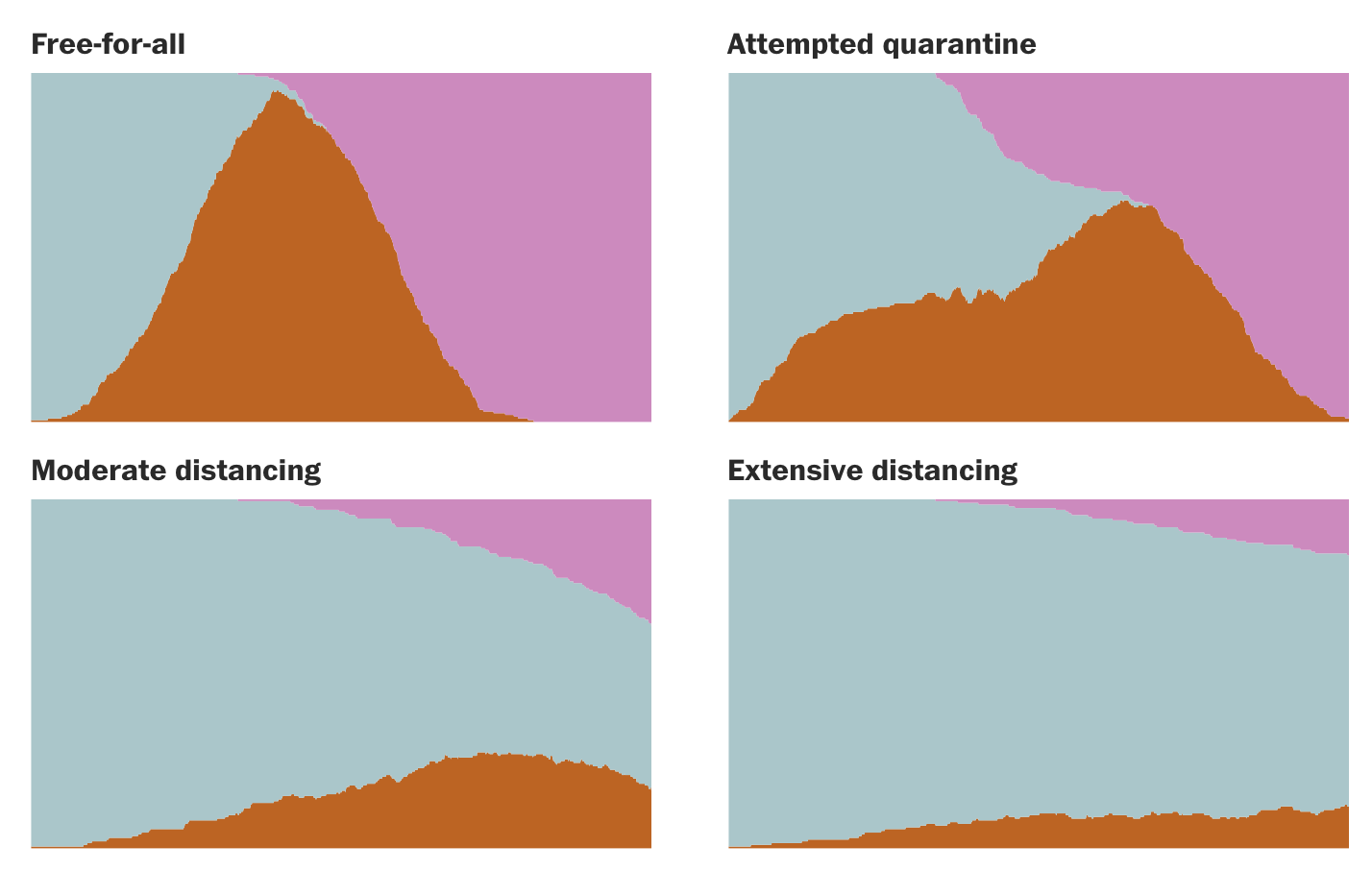
In Italy, we can see these measures in action, per a new paper from Jennifer Dowd et al. The city of Lodi implemented social distancing systems on February 23; the city of Bergamo waited until March 8.

H1N1 Comparison
In last Friday’s Morning Dispatch, we discussed President Trump and his media allies’ belated shift in tone on the novel coronavirus—growing more serious about the pandemic threat after weeks of dismissing it as largely media fluff. That’s not to say they’re answering their own calls to stop politicizing the virus—Trump continues to smear the Obama administration’s handling of the H1N1 outbreak in 2009, for example. In some ways, such political sniping is an improvement; it isn’t the kind of rhetoric that encourages behaviors that risk making the outbreak worse.
Alarmingly, however, it seems that the “manufactured crisis” narrative had already built up enough momentum to sustain itself on its own. The CDC’s Sunday guidance on large gatherings in particular provoked outrage among some of President Trump’s fringier media supporters, with radio host and prominent pro-Trump pundit Bill Mitchell, who has been waving off the virus for weeks as “fear porn,” calling the guidance “100 percent political bullsh*t” and former Milwaukee sheriff David Clarke portraying it as “an orchestrated attempt to destroy capitalism,” arguing “bars and restaurants should defy the order.”
Elected Republicans steered clear of such fever swamps, but several pushed back against the recommendations of social distancing in other ways. On Saturday, Gov. Kevin Stitt of Oklahoma tweeted, then deleted, a picture of himself and his sons at a crowded restaurant. “Eating with my kids and all my fellow Oklahomans,” he wrote. “It’s packed tonight!” Then, in a Sunday appearance on Fox News, Rep. Devin Nunes suggested that “if you’re healthy, you and your family, it’s a great time to just go out and go to a local restaurant; likely you can get in easily.” Fauci gave the opposite advice: “Right now, myself personally, I wouldn’t go to a restaurant.”
A Debate Unlike Any Other
Last night’s Democratic debate was very different from all previous ones. Joe Biden and Bernie Sanders were the only two candidates onstage. Their podiums stood 6 feet apart from one another. There was no studio audience. There was no handshake—replaced instead with a good-natured elbow bump. And the first 45 minutes of the debate were dedicated to coronavirus.
Sanders was notably uncomfortable for this portion of the conversation, stumbling over his words and often corrected by the moderators to stay on the topic of the national emergency. When asked whether he would consider mobilizing the military, Sanders answered that he would tell every American “you’ll be able to pay your mortgage; you’re going to get a check.”
Sanders found his voice roughly 45-minutes in, but perhaps not on the topic that Democratic voters would have preferred. After a lengthy back-and-forth about their visions for the country, Sanders asked Biden, “were you on the [Senate] floor … talking about the need to cut Social Security and Medicare?” A few moments later, Sanders wasn’t pulling any punches:
“I voted against the bankruptcy bill, you voted for it. I voted against the war in Iraq, which was also a tough vote. You voted for it. I voted against the disastrous trade agreements like NAFTA, which cost this country over 4 million good-paying jobs. you voted for it. I voted against the Hyde Amendment, which denies low income women the right to get an abortion. You have consistently voted for it.
Hillary Clinton faced the same sustained hits from Sanders throughout spring and summer 2016 until she officially crossed the delegate line in June. She blamed Sanders with causing “lasting damage, making it harder to unify progressives in the general election.”
Biden made an abrupt leftward pivot in the second hour of the debate. He promised that in “the first 100 days of my administration, no one will be deported at all.” He committed to appointing a black woman to the Supreme Court and picking a female running mate. Climate change and guns were on his list as well.
Will these concessions to the progressive base be enough to shut down the Sanders’ campaign and consolidate his support? Perhaps Sanders answered that question himself responding to Biden’s climate change plan: “All well and good, but nowhere near enough.”
Worth Your Time
-
President Trump’s sudden announcement last week that the U.S. would suspend all travel from Europe was supposed to be a decisive action to prevent more cases of coronavirus from entering the country from outside. But as Americans abroad hurry home to avoid being stranded, the opposite is taking place: At the few airports authorized to receive them, arrivees, sick or well, are crowded together in cramped processing hallways for hours before being released into the country. This Washington Post piece by Cheryl Bernard offers a harrowing glimpse of the scene at Dulles International Airport on Friday.
-
Things seem pretty grim in Italy, where coronavirus has run rampant and the entire country has been forced to quarantine in their homes in an attempt to slow the spread of the virus. But Saturday afternoon brought a warm moment of togetherness, even as Italians remained in their homes: on balconies and out of windows, people started singing and playing instruments, coming together to perform the national anthem and other songs. You can read the full story at The New York Times here.
Presented Without Comment: Don’t Hoard Hand Sanitizer Edition
Presented Without Comment: Don’t Go to Brunch Edition
Something Fun
This guy gets it.
Toeing the Company Line
-
Jonah’s latest G-File takes to task those downplaying COVID-19 in an attempt to create their own reality, writing, “The coronavirus doesn’t give a crap about any of this. The math is the math, the science is the science. And however terrible the New York Times or MSNBC may or may not have been on the issue of the Mueller probe, it doesn’t change the infection rate if we do nothing. Just ask the families of all those dead Italians.” Give it a read here!
-
David’s Sunday French Press is just wonderful. Painting a portrait of his own “Nana,” he reminds us all of the “sacred duty” we have to protect the most vulnerable among us—in the coronavirus era, senior citizens. We don’t have the space to excerpt it, but trust us, you’ll want to read the whole thing, here.
Let Us Know
The drastic measures we detailed above often come with unfortunate downsides. Closing schools means leaving parents in the lurch without child care, and some students without meals they rely on for most of their nutrition. Hourly wage workers are left without jobs. In Ohio, where Gov. Mike DeWine announced Thursday that schools would close effective today, and said Sunday that bars and restaurants would be closed except for carryout, we’ve already seen examples of community members stepping up to fill in the void.
Dispatcher Rachael Larimore lives in Milford, a suburb of Cincinnati. Here are a few things that she’s seen already. Please reply in the comments with examples you’ve seen, and we’ll share the best ones.
-
A barbecue joint, Pickles and Bones, is serving free lunches (yes, carryout only per the new measures) to kids who need it, and with its customers’ support raised $1,000 for the local food bank. Similarly, Pop’s Donuts, which is right across the street, is serving free doughnuts for breakfast (now is not the time to complain about kids eating doughnuts for breakfast, and their kettle Danishes are exquisite).
-
College students stuck at home are offering to do grocery shopping for elderly residents or others who don’t feel safe venturing out. (Sure, the youngsters might have to explain Venmo, but that’s a small thing!)
-
College professors are offering to do video lectures for high school teachers scrambling to move their lessons online, and K-12 teachers are offering tips for parents who suddenly find themselves as home-schoolers.
These gestures might not be as grand as NBA owners paying the wages of hourly arena employees or professional athletes making six-figure donations to food banks or efforts to combat the virus. But they are more replicable, and we imagine they are taking place around the country. So please, let us know what’s going on in your community.
Reporting by Declan Garvey (@declanpgarvey), Andrew Egger (@EggerDC), Sarah Isgur (@whignewtons), and Steve Hayes (@stephenfhayes).
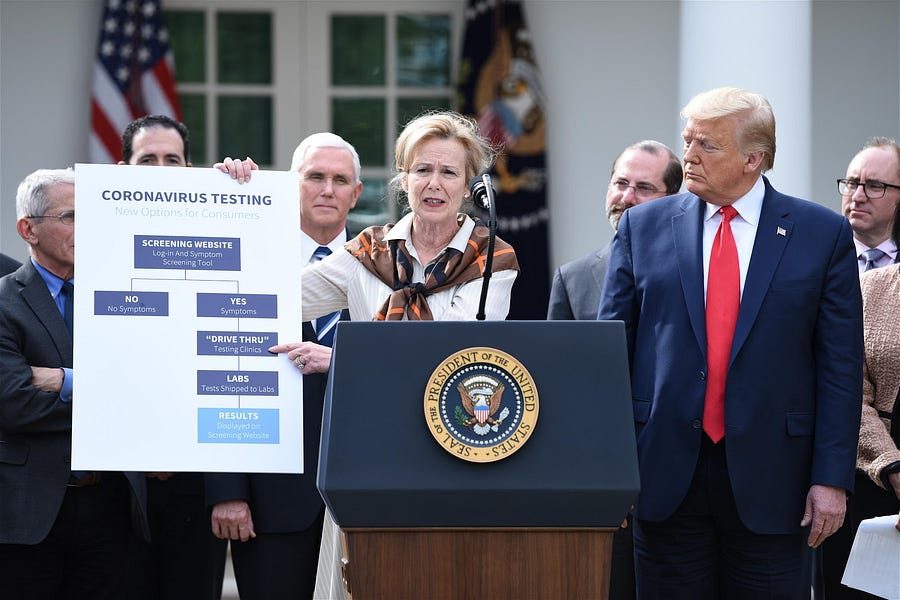

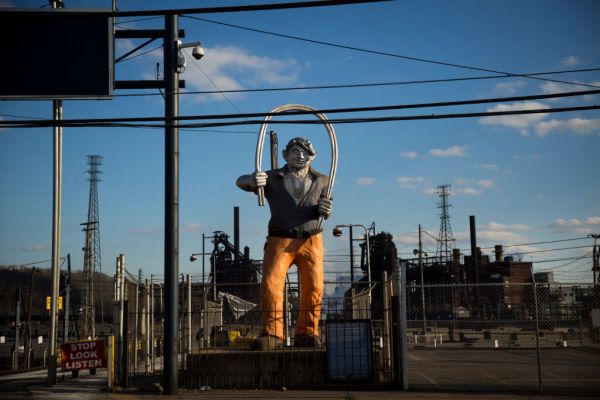
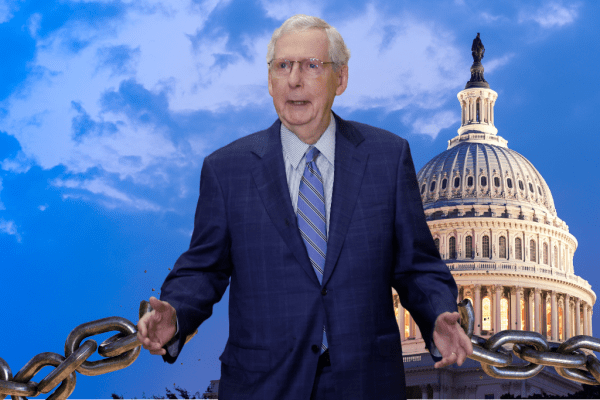
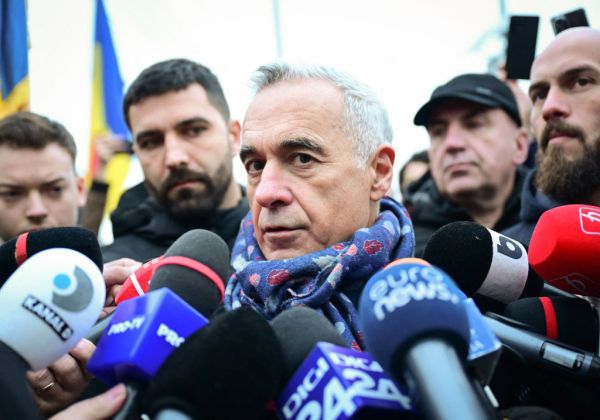

Please note that we at The Dispatch hold ourselves, our work, and our commenters to a higher standard than other places on the internet. We welcome comments that foster genuine debate or discussion—including comments critical of us or our work—but responses that include ad hominem attacks on fellow Dispatch members or are intended to stoke fear and anger may be moderated.
You are currently using a limited time guest pass and do not have access to commenting. Consider subscribing to join the conversation.
With your membership, you only have the ability to comment on The Morning Dispatch articles. Consider upgrading to join the conversation everywhere.